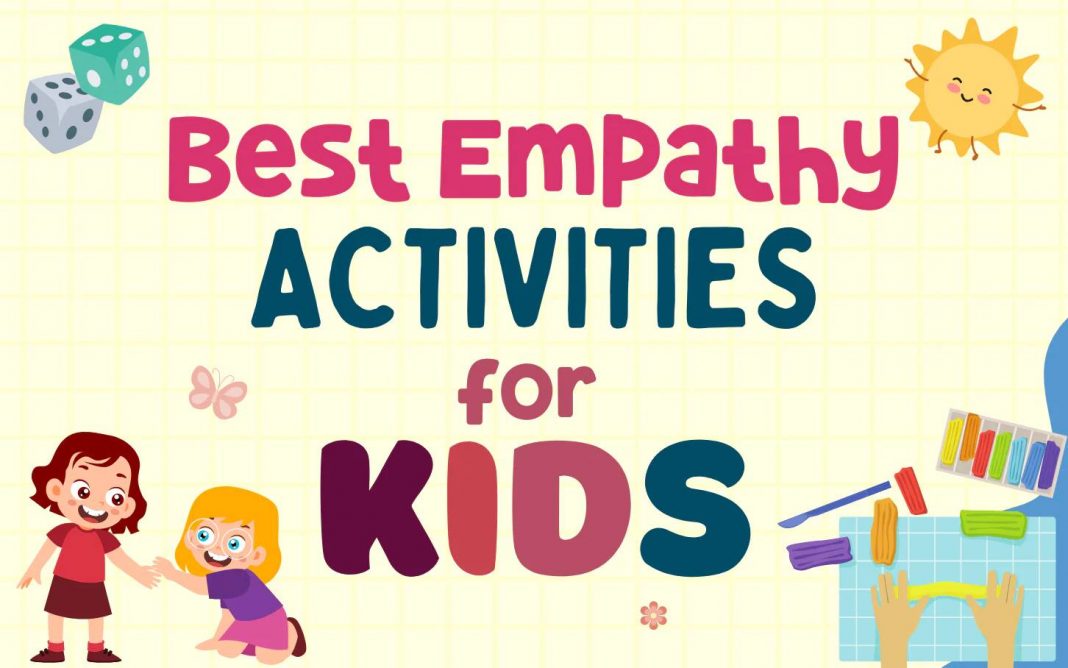Have you ever noticed how a kind word can change a child’s entire day? That’s the power of empathy at work. Empathy isn’t just a nice-to-have; it’s essential for our little ones as they grow and navigate the world around them. Through ‘empathy activities for kids,’ we can help them learn to understand and care about others’ feelings, setting the foundation for a kinder future.
Math & ELA | PreK To Grade 5
Kids see fun.
You see real learning outcomes.
Watch your kids fall in love with math & reading through our scientifically designed curriculum.
Parents, try for free Teachers, use for free
This blog is all about finding fun, everyday ways to teach our kids about empathy. So, if you’re looking for ideas to help your child become more understanding and compassionate, you’re in the right place.
What is Empathy?
Empathy is when we understand and share the feelings of another person. It has three main parts:
- Cognitive Empathy: Knowing how another person feels and what they might be thinking.
- Emotional Empathy: Feeling what someone else feels.
- Compassionate Empathy: Not just understanding or feeling what another is feeling, but also wanting to help if needed.
Empathy vs. Sympathy
Empathy is putting yourself in someone’s shoes and really feeling with them.
Sympathy is feeling sorry for someone’s trouble but from a distance. You care, but you don’t necessarily feel what they’re feeling.
15 Empathy Activities for Kids
1. Emotion Worksheets
Emotion worksheets can be a powerful tool for kids. These worksheets can include a variety of exercises designed to help children identify, express, and manage their emotions and recognize and empathize with the emotions of others.
Benefits: Utilizing emotion worksheets in empathy activities facilitates a deeper understanding of both one’s own emotions and those of others. This practice not only aids in emotional literacy but also in developing empathy.
Print and use these emotion worksheets to inculcate empathy in kids:
Begin here
Related Reading: Best Emotional Regulation Activities for Kids
2. Reading and Discussing Books
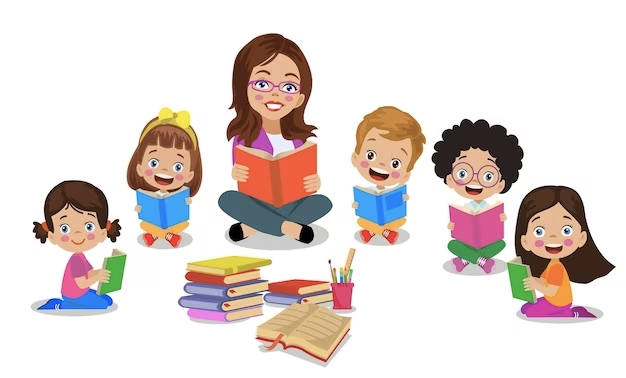
Incorporate empathy activities for kids by selecting books with strong empathy themes. After reading, engage in discussions about the characters’ feelings and decisions. Ask questions like, “Why do you think this character felt this way?” or “What would you have done differently?” This approach encourages children to think about and understand the emotions of others.
Benefits: Enhances children’s emotional intelligence and nurtures an understanding of diverse perspectives, key for empathy development.
Related Reading: How to Teach Kids to Read: 9 Easy Steps
3. Empathy in Action Projects
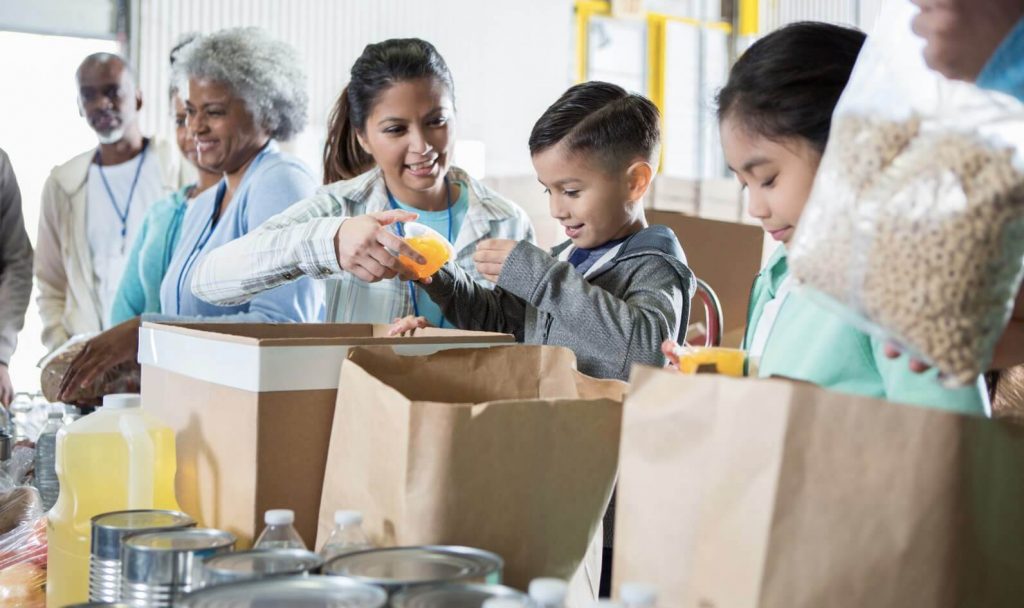
If you are looking for engaging activities about empathy, engage kids in projects that help others, like community service. Planning and executing these projects together teaches children the value of helping and understanding the needs of others. Discuss the impact of their actions to reinforce the lesson of empathy.
Benefits: Encourages a sense of community and responsibility, showing children the positive impact of their empathetic actions on others.
4. Emotion Matching Games
Fun empathy activities can include emotion-matching games where children match facial expressions or scenarios with the correct emotions. Use pictures or stories to illustrate feelings, and discuss why certain expressions or actions reflect specific emotions.
Benefits: Improves emotional recognition and understanding, crucial for developing empathy by teaching kids to identify and relate to the emotions of others accurately.
5. ‘Walk in Their Shoes’
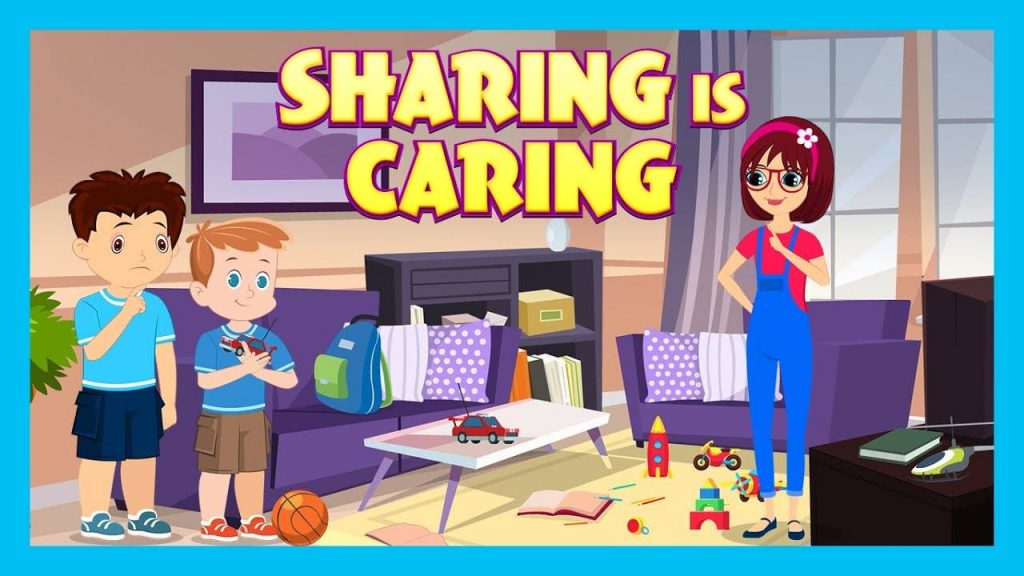
This activity involves children sharing stories from their own lives and discussing how they might feel in another person’s circumstances. It’s a practical approach to foster empathy by directly engaging with real-life experiences and emotions.
Benefits: Deepens emotional connections and understanding among participants, highlighting the importance of empathy in building relationships and community.
6. Empathy Art Projects
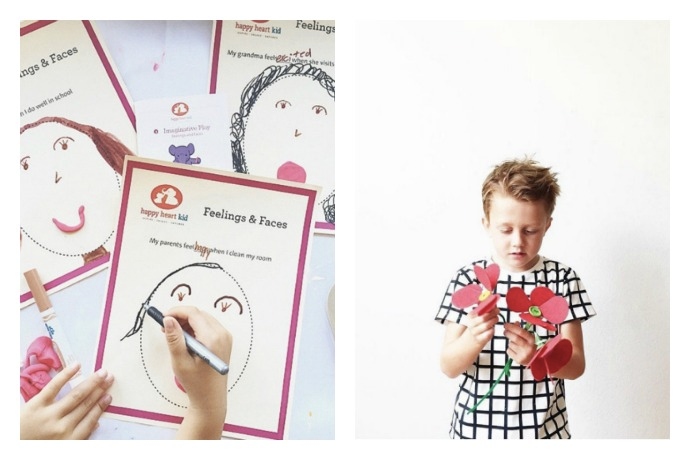
Empathy activities for elementary students can include empathy crafts where they express feelings of empathy through drawing or crafting stories. Children can illustrate times they felt empathy or depict scenes that show understanding and kindness towards others.
Benefits: Enhances creativity while deepening their understanding of empathy, allowing children to express complex emotions in a supportive and tangible way.
Related Reading: Super Cool Art Activities for Kids
7. Gratitude Journals

Gratitude journals are excellent empathy activities for kindergarten and older students. Encourage children to write daily entries about things they are grateful for, especially focusing on how others have contributed to their happiness.
Benefits: Promotes a positive mindset and helps children see the value of empathy in their daily lives, reinforcing the importance of being thankful for others.
Related Reading: Best Gratitude Activities for Kids
8. ‘Empathy Moments’ Discussions
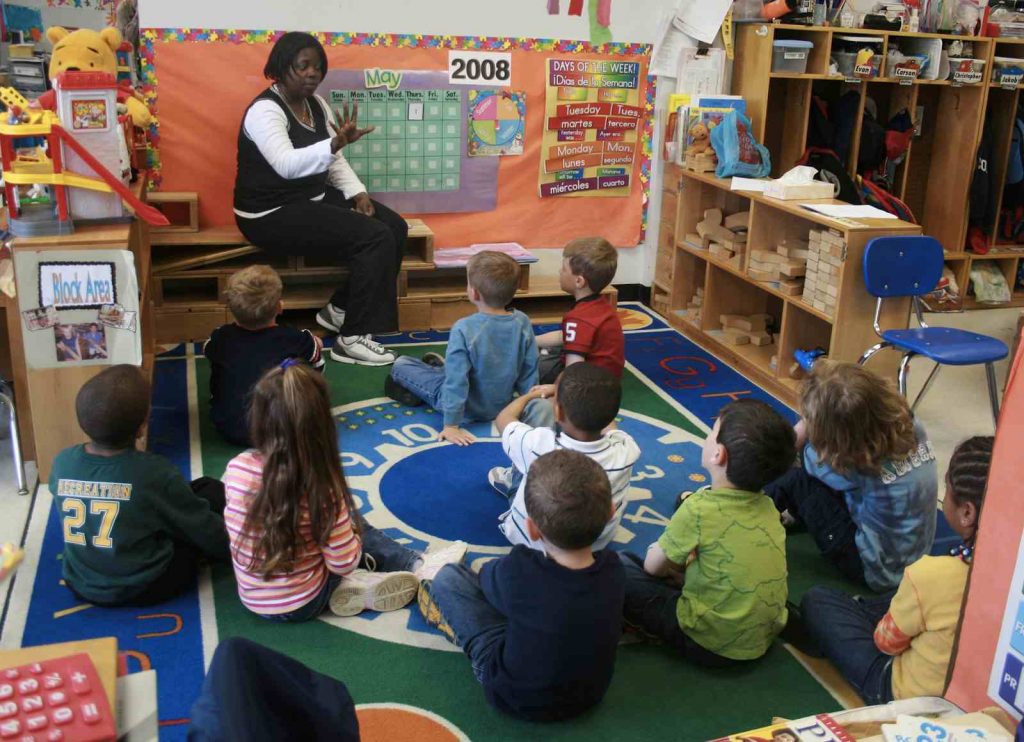
Empathy activities for students can be as simple as having discussions within the class about moments when empathy was observed or practiced. Encourage kids to share experiences from their day where they either felt empathy towards someone or received it. This can become a daily or weekly routine to highlight the importance of empathy in everyday life.
Benefits: Strengthens bonds and reinforces empathy as a valued principle, encouraging children to recognize and practice empathy regularly.
9. Compliment Circles
Compliment circles are effective classroom empathy activities where students sit in a circle and take turns giving genuine compliments to each other, focusing on internal qualities rather than external characteristics.
Benefits: Builds self-esteem and fosters a positive classroom environment, teaching children to appreciate and express kindness towards others.
Related Reading: Best Self Esteem Activities for Kids
10. Role-Playing Games
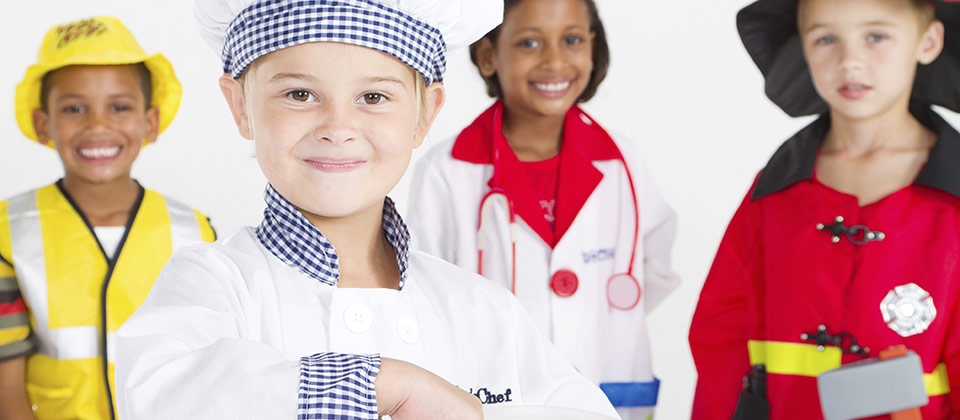
Role-playing games are a dynamic form of teaching empathy activities. Create scenarios where children take turns portraying characters in various situations that call for empathy. This method helps kids understand different viewpoints and the importance of compassionate responses.
Benefits: Builds social skills by offering practice in real-life interactions, improving children’s ability to navigate social situations with empathy and care.
11. Empathy Mapping
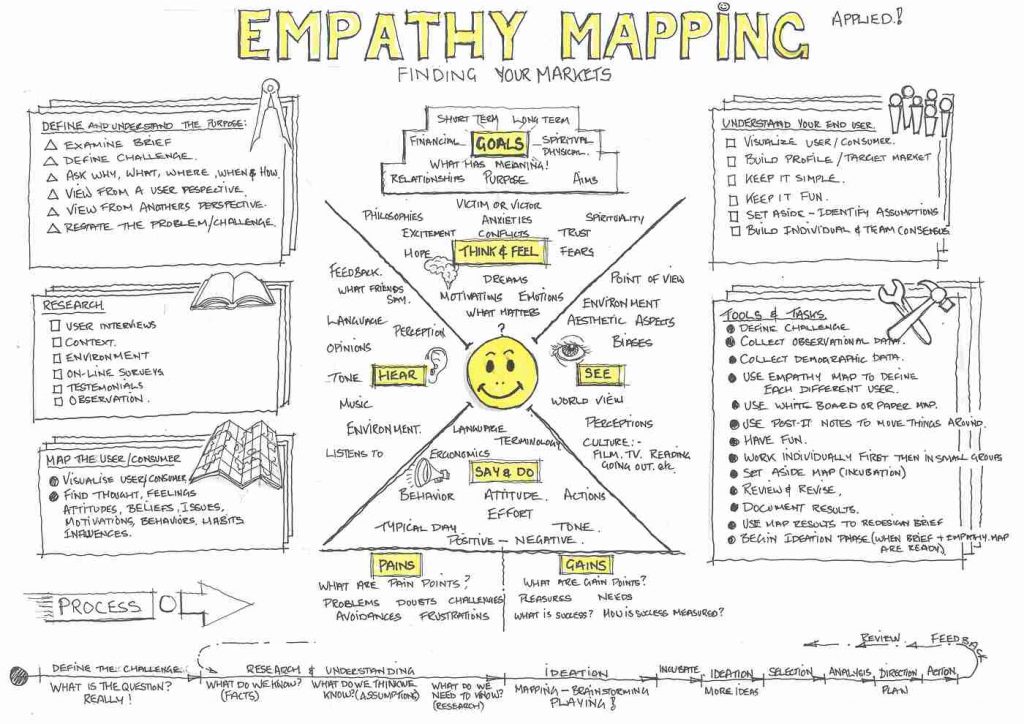
Empathy mapping is a visual activity where children draw or map out what another person might see, hear, think, and feel. This can be based on a character from a story, a historical figure, or even someone they know.
Benefits: Enhances children’s ability to understand and articulate the complex emotions and thoughts of others, promoting a deeper level of empathy.
12. Acts of Kindness Challenge
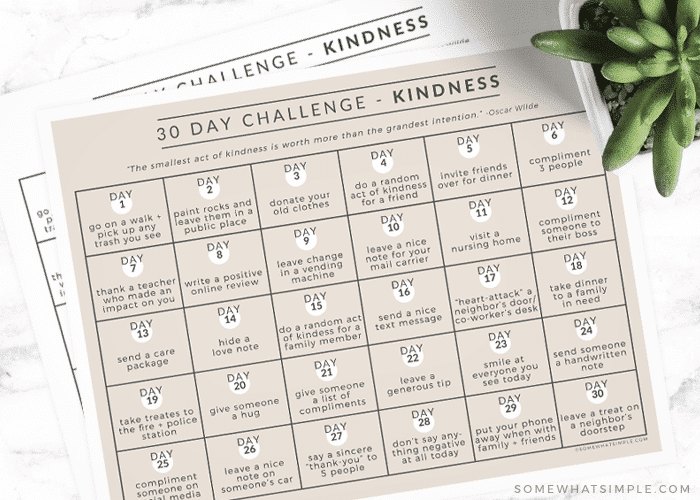
Challenge children to perform random acts of kindness in the classroom or at home. This could range from helping a sibling with homework to writing a thank-you note to someone. Encourage them to reflect on how their actions made others feel and how it made them feel in return.
Benefits: Fosters a habit of kindness and thoughtfulness, showing children the positive impact their empathetic actions can have on themselves and others.
Related Reading: Best Prayers for Children to Make Them Grateful
13. Creating Empathy Bracelets
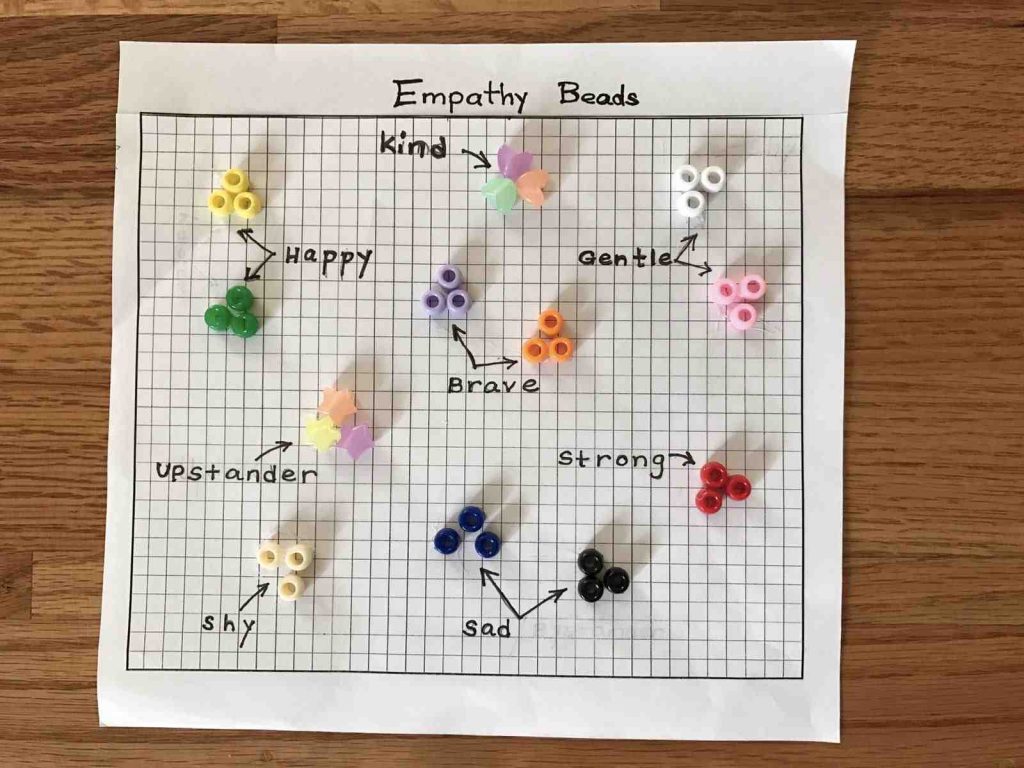
Children create bracelets for themselves or as gifts for others, choosing colors or charms that represent different emotions or empathetic qualities. As they craft, they discuss what each element represents about understanding and caring for others.
Benefits: Encourages creativity and self-expression while reinforcing the importance of empathy through the symbolism of each bracelet, making the abstract concept of empathy more concrete and relatable.
14. Thank You Notes

Encourage children to write thank you notes to people who have impacted them positively, such as friends, family members, or teachers. Discuss the importance of acknowledging others’ kindness and how this can make both the sender and receiver feel appreciated and understood.
Benefits: Promotes gratitude and recognition of others’ efforts, fostering an empathetic understanding of the value of appreciation and its impact on relationships.
15. Empathy Memory Box
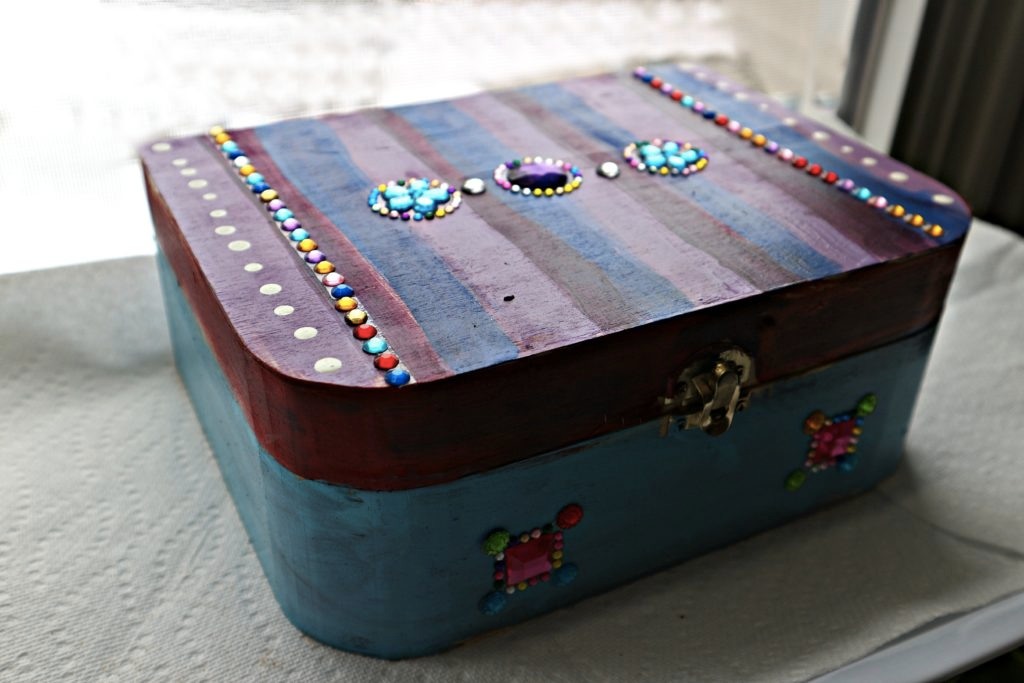
Children create a ‘memory box’ where they can keep items that remind them of times they felt empathy, received kindness, or helped others. This could include notes, drawings, or small objects. Periodically, the box can be revisited to reflect on these moments.
Benefits: Provides a physical reminder of empathetic actions and feelings, encouraging ongoing reflection and cultivation of empathy.
Related Reading: Fun Socio-Emotional Learning Activities for Classroom
5 Importance of Teaching Empathy to Kids
- Empathy helps kids understand their own emotions and those of others. This makes it easier for them to manage their feelings and reactions in different situations.
- With empathy, children learn to make friends and get along. It teaches them to be kind and considerate, which are important for healthy relationships.
- Empathy opens children’s eyes to the world around them. It teaches them to respect and value people’s differences, making them more accepting and tolerant.
- Empathy is at the heart of knowing right from wrong. It guides kids to make good choices and act with kindness and fairness.
- Empathy equips kids to see both sides of a problem. This helps them solve conflicts peacefully and understand others’ points of view.
Conclusion
Incorporating empathy activities for kids into their daily routines is more than just a way to fill time—it’s about building a foundation for understanding, kindness, and compassion that will last them a lifetime. Engaging in these simple yet impactful activities can help shape a more empathetic and caring generation. Let’s make empathy a priority, one activity at a time.
Frequently Asked Questions (FAQs)
What is the empathy game for kids?
The empathy game is a fun, interactive activity to help children understand and express empathy. It can involve various tasks like role-playing, emotion matching, or storytelling aimed at teaching kids to recognize and respond to the feelings of others.
How do you teach a child empathy?
Teaching a child empathy involves modeling empathetic behavior, discussing emotions openly, engaging them in activities that require understanding different perspectives, and praising empathetic actions when you see them.
What are 5 ways to show empathy?
- Listening Actively: Pay attention and listen to understand, not just respond.
- Acknowledging Others’ Feelings: Recognize and validate how someone else is feeling.
- Offering Support: Ask how you can help or simply be there for someone.
- Expressing Understanding: Share if you’ve felt similar emotions to show they’re not alone.
- Taking Action: Do something kind or helpful for someone based on understanding their needs or feelings.

















